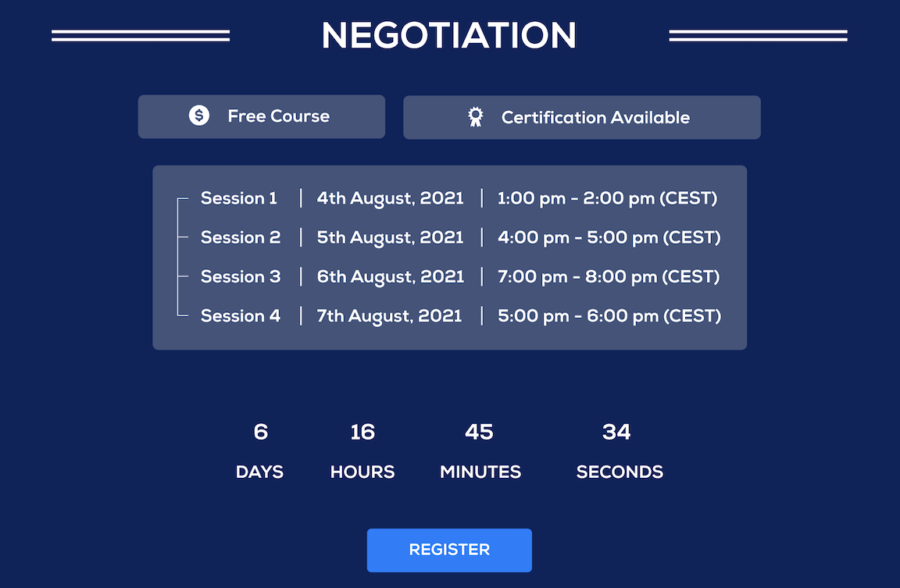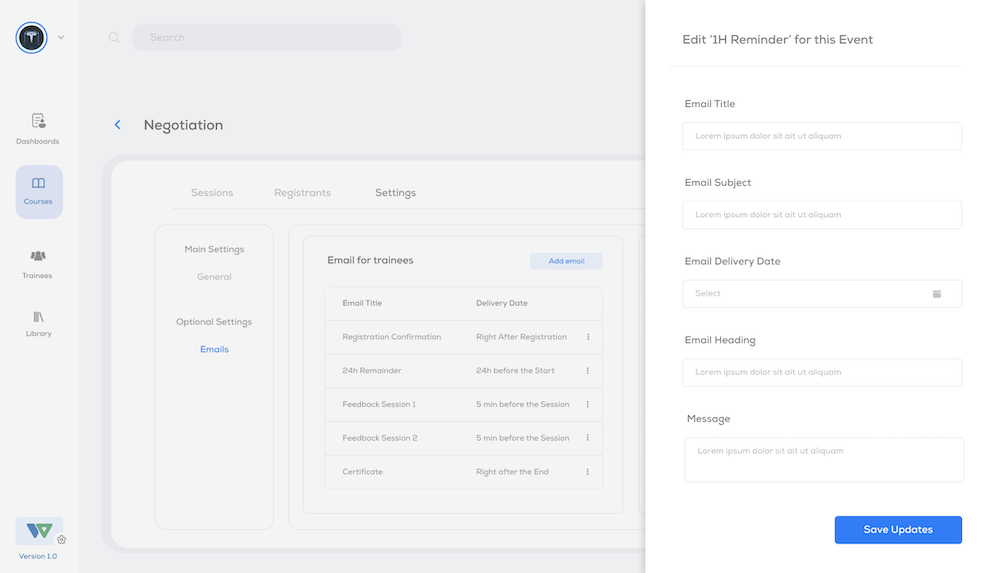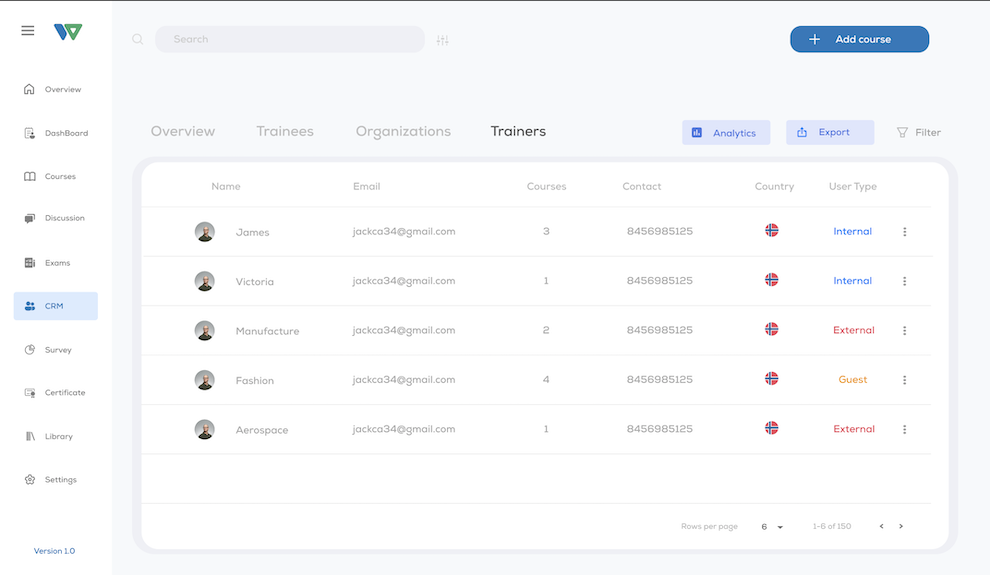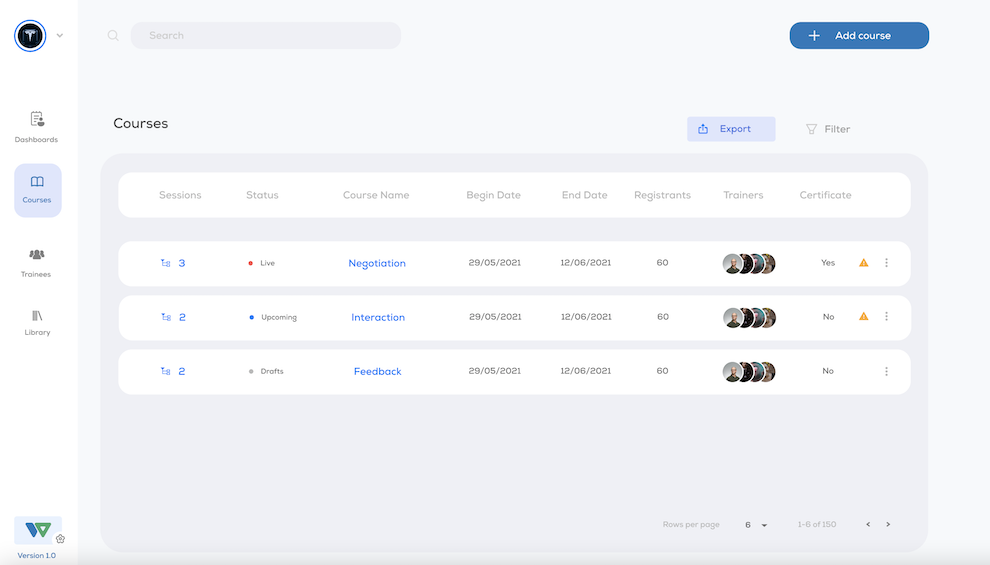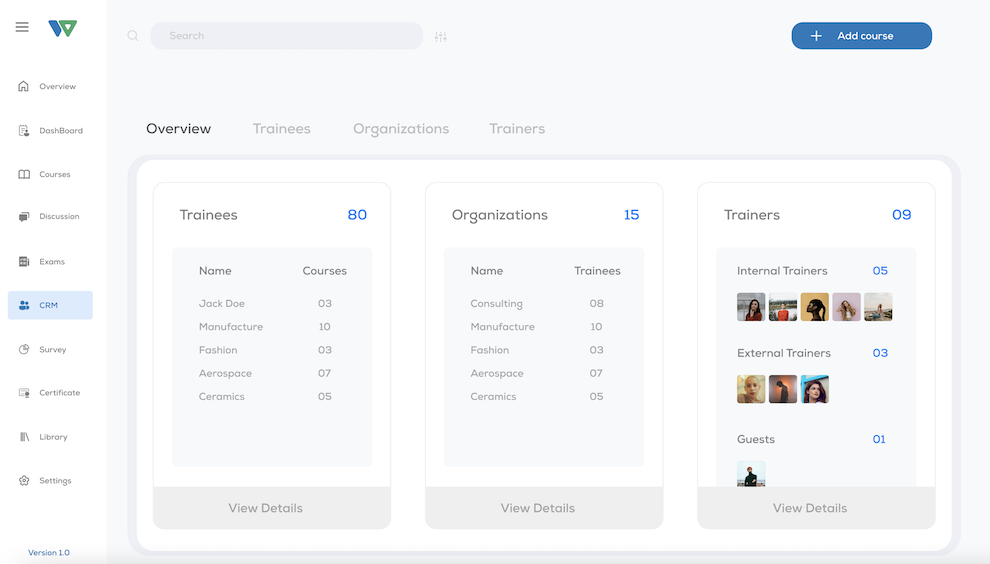Knowing learning styles and cognitive styles for quality training

The experiments carried out by psychologists and learning scholars show how each individual tends to acquire and manage information differently. Some prefer data and solid information, others favor abstract theories and models, some memorize information when presented in visual form, some would rather study independently, and others benefit from interaction with others. Each of these preferences falls into what we call learning styles and cognitive styles.
Every good trainer should have a clear understanding of these different ways of learning, so to adopt the teaching methods that can enhance the inclinations of each learner, taking into account how most of them prefer to learn.
Because actually, who said that the almost exclusively oral lessons and classes we are used to are the most effective?
What are learning styles?
Learning styles are the learning approaches that individuals spontaneously and typically implement, the way they perceive, process, store, and retrieve information.
Each person, when placed in a learning context, tends to unconsciously adopt his own preferred style, which coincides with the prevailing functioning technique of his brain. There are many learning styles, and saying that each person adopts one method, and only one, would be untrue. Although the style tends to be stable, the different situations can push individuals to switch from one learning style to another to maximize the acquisition of new data and information.
However, each person is indeed associated with a particular cognitive, affective, and physiological behavior and particular sensory modality that, overall, represents the modality in which that person perceives the learning environment and interacts with it to acquire new information.

Learning style by privileged sensory channel
As anticipated, there are many learning styles, and there are many ways in which it is possible to differentiate them as well. One of the most common ways focuses on the individuals’ preference for a specific sensory channel as means of perception, processing of stimuli, and learning.
This sensory classification allows us to identify 4 main learning styles:
- The visual/verbal channel: it implies a preference for reading and writing and is typical of the learner who, when asked to acquire new information, prefers reading a text, taking notes, and writing summaries. This style is the one traditionally used in learning contexts and is based on the use of textbooks. For people who prefer the visual/verbal channel, written words take on great power in memorization.
- The visual/non-verbal (or visual/iconographic) channel: it implies a preference for images, photographs, diagrams, symbols, concept maps, graphics, etc. People who prefer this channel have a learning style based on visual memory (visual learning) and easily memorize the information proposed in the form of an image or video. Typically, they love making diagrams and maps and highlighting the main concepts through symbols or other visual solutions.
- The auditory channel: it implies a preference for listening and identifies the learners who like to attend lessons and contribute to discussions, including working in pairs or groups. Because of their inclination toward the ear canal, these learners are prone to memorize concepts by repeating and reading aloud.
- The kinesthetic channel: it implies a preference for practical activities. In this case, direct experience represents the best way to process and store external stimuli. For this reason, these learners love being involved in as many activities as possible during lessons, avoiding force immobility. Even when speaking, a person inclined to the kinesthetic channel tends to move and gesticulate.
Cognitive learning styles – according to Felder and Silverman
When talking about cognitive styles, we refer to the modality mainly adopted by the individual for processing information.
According to the learning style model developed by Richard Felder, professor at North Carolina State University, and Linda Silverman of the Institute for the Study of Advanced Development, it is possible to divide students into 5 dichotomous pairs: sensing/intuitive, visual/verbal, inductive/deductive, active/reflective, and sequential/global.
But let’s go into detail:
- Sensing/intuitive learners: the sensing learners tend to be concrete and methodical with data, experimentation, and standardized procedures to be applied to problems, are led to the analysis of details, and are very precise, although this requires a lot of time. The intuitive learners, on the other hand, proceed with learning more creatively and innovatively and love novelty and variety with the result of being very fast in learning, although sometimes imprecise.
- Visual/verbal learners: here, for Felder and Silverman, lies the main inconsistency between the most widespread learning style (studies show a preponderance of visual learners) and the traditional teaching styles (which are based instead on the auditory/verbal model).
- Inductive/deductive learners: the inductive learner proceeds from particular to general, creating principles and theories, starting from data and experiments. On the contrary, the deductive learner prefers to start from general principles and then move on to the details analysis.
- Active/reflective learners: active learners prefer to learn in contexts where they can experiment by themselves or in teamwork. Reflective learners prefer instead to work independently and carefully analyze any new information. It is interesting to note, at this point, that for both these types of learners, the traditional frontal lesson is an obstacle to learning: for the first because it prevents action, for the latter because it prevents the time needed to think.
- Sequential/global learners: the sequential learner has the habit of learning step by step, according to linear reasoning that proceeds from simple to complex. The global learner, on the contrary, prefers seeing the general picture and then reconstructing it in detail, even if this means jumping freely from simple to complex.

From learning styles to teaching styles
Any professional trainer should know and recognize these different learning styles and vary the teaching style as much as possible to meet the needs of learners at best. Thus, the trainer will be able to give life to quality didactics and help people achieve their educational and didactic objectives in the most effective way.
It should also be noted that trainers tend, by nature, to propose the teaching method most compatible with them, meaning they teach using the style that responds to their learning style. A situation that ends up penalizing some learners. In fact, what effectiveness could oral teaching have for a group of people with an inclination for visual learning?
But here are some learning strategies to bear in mind:
- For the visual/verbal style: it is necessary to encourage the activity of taking notes (already typical of those who fall into this learning style). The written word should be used to the maximum, both to add an explanation to graphs and diagrams with captions and underline salient concepts with bulleted lists. In addition, to simplify the performance of the activities, it is valuable to provide precise instructions and written explanations.
- For the visual/non-verbal style: it is good practice to use images, graphics, and mind maps using symbols or colored highlights to emphasize key concepts and organize content hierarchically. Given the importance of the visual aspect, it may be helpful to encourage the creation of mental images to help learners better memorize the concepts.
- For the auditory style: it is beneficial to explain the concepts orally and to encourage the repetition of the most important concepts. By favoring exchange and communication during lessons and planning activities that require learners to work in groups or pairs, it is possible to increase opportunities for dialogue, thus helping these learners to acquire new information.
- For the kinesthetic style: it is necessary to plan lessons with a good amount of breaks and offer a clear separation between leisure and study time. Tests and laboratory activities are a perfect solution to combine theory and practice and help these learners achieve their best.

